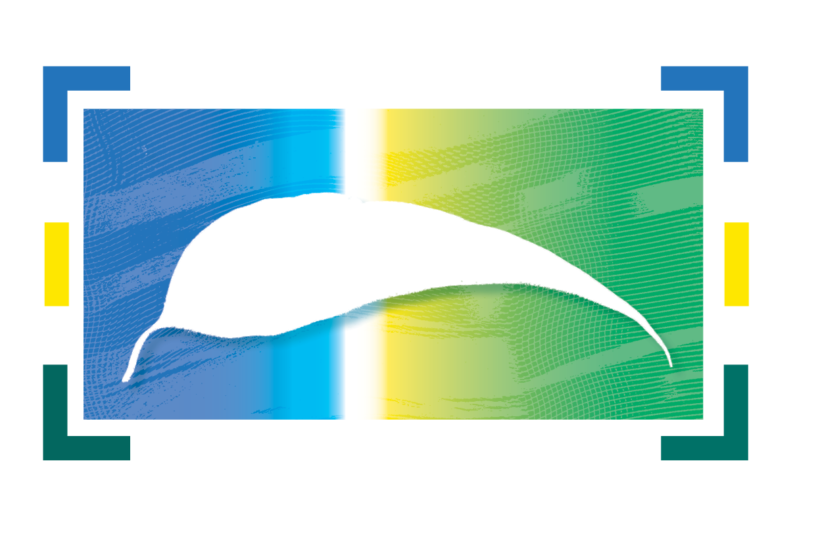- Home
-
Our Work
- People for Nature
- Giant Light Steps
- Environmental Education
- Conserving the Margaret River
- Coordinated Weed Control
- - Arum lily Blitz
- Managing Bushland for Wildlife
- Threatened Species Protection
- - Western Ringtail Possums
- - Black Cockatoos
- - Margaret River Hairy Marron
- - SW Masked Owls
- Caring for Coast
- About
- News & Events
- Resources
-
Get Involved
- Stay Informed
- Ways You Can Help
- Become A Nature Conservation Volunteer
- Become A Citizen Scientist
- Join A Community Or Friends Group
- For Nature Landowner Stewardship Program
- - For Nature: Find Inspiration
- - For Nature: Gain Knowledge
- - For Nature: Make Connections
- Learn About The Environment
- Report What You See
- Join & Donate
- Contact
Our Patch kids fight for endangered hooded plover
The best young brains in the region have been busy devising shelters to boost the breeding success of critically endangered hooded plovers, helping to bring the iconic birds back from the brink of extinction.
The shelters are the culmination of a year-long project for the Margaret River Primary School Year 6 students, who have been learning about the health and significance of the Margaret River or Wooditchup Bilya as part of Nature Conservation Margaret River Region’s “Our Patch” program.
On Wednesday, September 21 at the Margaret River HEART, the MRPS students will be among 10 classes from five different schools who will present their Our Patch projects – each identifying a different environmental issue that the students have devised a solution to.
As part of Our Patch, students explore the Margaret River catchment from the headwaters to the river mouth, learning from rangers, researchers, cultural custodians, land managers and local business owners.
Among them was bird specialist Christine Wilder from BirdLife Western Australia, who inspired the MRPS students to analyse the threats posed to shorebirds such as hooded plovers and come up with solutions to help protect them, educating their families and community in the process. Hooded plovers are small shore birds that nest on beaches, with nests and young chicks facing threats from four wheel drives, dogs and hikers. But the students designed and built shelters to boost the birds’ survival rate.
MRPS principal Aaron Thomas said the ongoing partnership with Nature Conservation gives the students “authentic opportunities to connect with country, understand the science behind how to take care of it and be inspired to take action”. “We teach our students to think global, act local. Projects like developing homes for hooded plovers shows our students that they have a voice and can have agency in our community. It’s authentic learning that they love being a part of,” he said.
Local parent Alex Tost, a builder, volunteered his time to guide the students to build the shelters. His daughter Marni is among the Year 6 kids taking part. “It’s great to be involved and see some of the awesome ideas the kids are coming up with. They’re real innovators and are so passionate about helping our shorebirds and wildlife,” said Mr Tost.
The Shire of Augusta-Margaret River helped out with materials for the project. The shire’s Coordinator Environment and Landcare Services John McKinney said the Our Patch program is “unique in that the kids get to learn about their local environment and threatened species and how they can make a difference as individuals in their day to day lives”. “When they see plovers or other shorebirds on their favourite beaches they’ll remember what they learnt and the fun they had building shelters for them,” he said.
NCMRR Our Patch officer Lauren Scanlon said the hooded plover shelters “show how meaningful and collaborative our projects are, making a real difference to educate the community and positively impact the environment”. “What makes Our Patch so special is that the students go out on country, learn about our unique river system, conduct their own scientific research and make assessments,” she said. “When they spend time along the river and hear from local people dedicated to protecting the catchment, they understand the threats and they’re inspired to tell their families and take action to protect this special place.”
Ms Scanlon thanked the dedicated MRPS teachers and acknowledged BirdLife Western Australia, Shire of Augusta Margaret River, Undalup Association, Cape Mentelle and the Department of Biodiversity, Conservation and Attractions for their contributions to the program. Our Patch is generously funded by Lions Club of Cowaramup, Shire of Augusta-Margaret River, Margaret River Rotary, the Paskerville Foundation and local schools.

